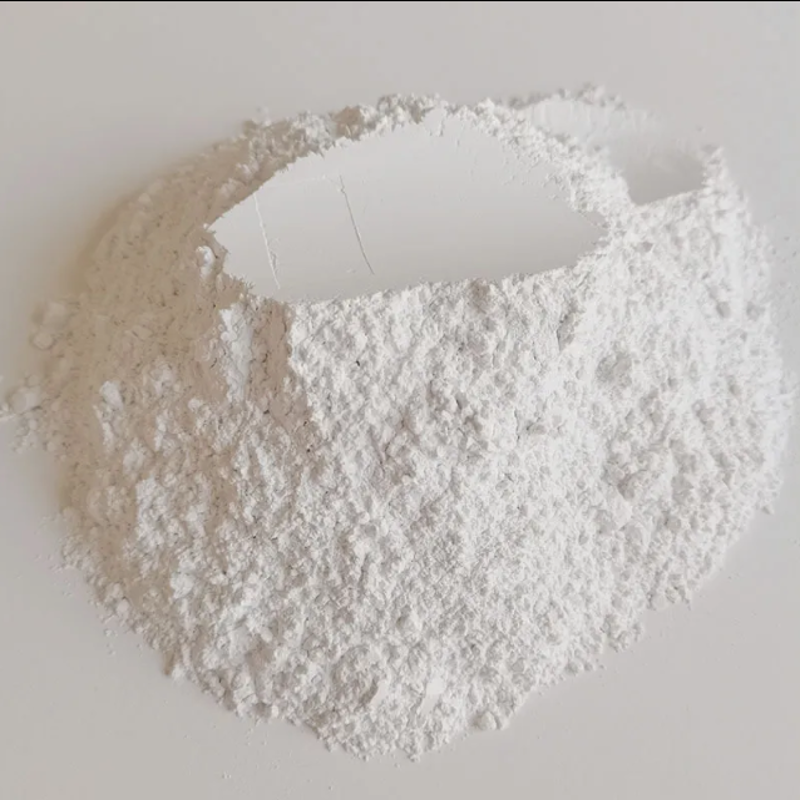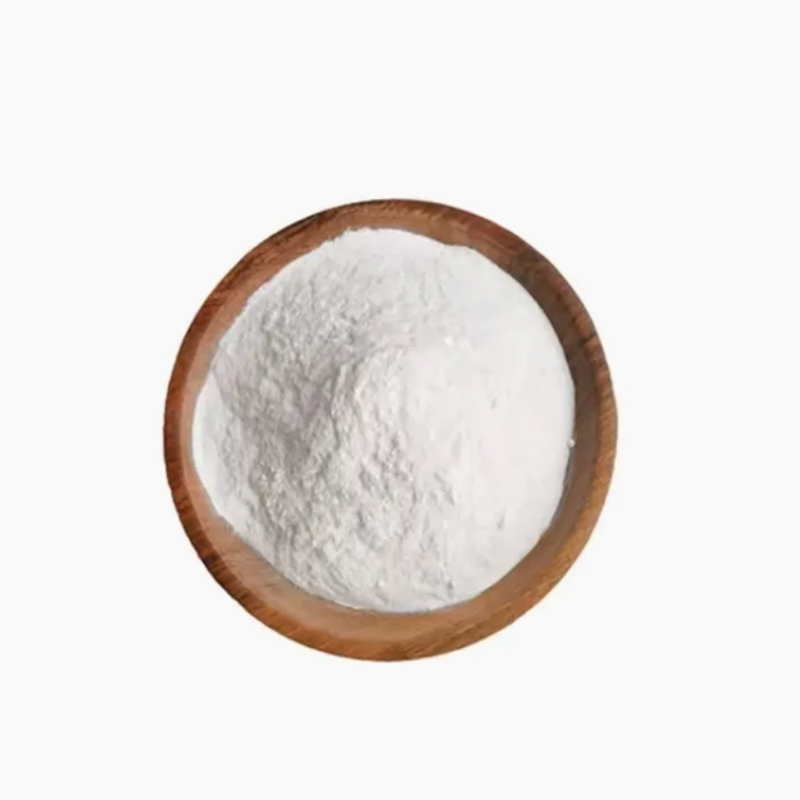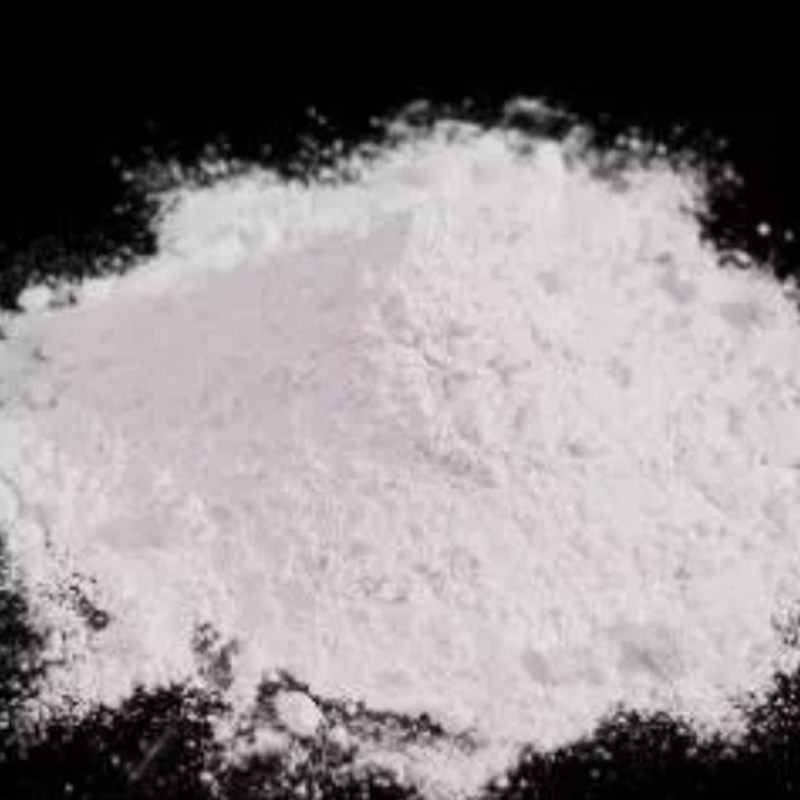-
Categories
-
Pharmaceutical Intermediates
-
Active Pharmaceutical Ingredients
-
Food Additives
- Industrial Coatings
- Agrochemicals
- Dyes and Pigments
- Surfactant
- Flavors and Fragrances
- Chemical Reagents
- Catalyst and Auxiliary
- Natural Products
- Inorganic Chemistry
-
Organic Chemistry
-
Biochemical Engineering
- Analytical Chemistry
-
Cosmetic Ingredient
- Water Treatment Chemical
-
Pharmaceutical Intermediates
Promotion
ECHEMI Mall
Wholesale
Weekly Price
Exhibition
News
-
Trade Service
Preparation process of water-based ink
In the laboratory, the preparation of water-based ink is generally divided into three steps, base ink, ink forming and auxiliary
First, add deionized water, pigments, grinding resin, and various additives in sequence according to the formula ratio, stir on a high-speed mixer for 30 minutes, then use a high-speed grinding and dispersing equipment, add zirconia beads, and grind the base ink for 2 hours to obtain the base ink Therefore, the particle size distribution of the zirconium beads used should be as narrow as possible.
Then, the base ink and the film-forming resin are mixed together according to the proportion, and stirred on a magnetic stirrer for 1 hour, and finally the water-based ink-forming coating is obtained online coatingol.
Finally, according to the printing performance and special requirements of the ink, some additives are added to improve the performance of the ink
Water-based color paste production and processing process
The composition of water-based ink
Water-based ink is mainly composed of main agent and auxiliary agent.
Detailed introduction of pigments, resins, binders and additives
Pigment is a substance with irregular shape, such as spherical and flake
During the ink preparation process, the pigment particles are uniformly dispersed in the resin
The selection of resin should be comprehensively considered from the aspects of printing process, surface characteristics of printing substrate, printing requirements, mutual solubility with pigments and environmental protection issues
In the early preparation process of the ink, only vegetable oil was used as the connecting material, and the oxidation conjunctival film was slow, so the drying speed was slow, the friction resistance after the formation of the ink film was weak, and the gloss was poor.
Auxiliary agent is an auxiliary component of ink, which is mainly used to adjust the fluidity, drying and other properties of ink in gravure ink
.
Mainly include dispersant, substrate wetting agent, leveling agent, defoamer and so on
.







